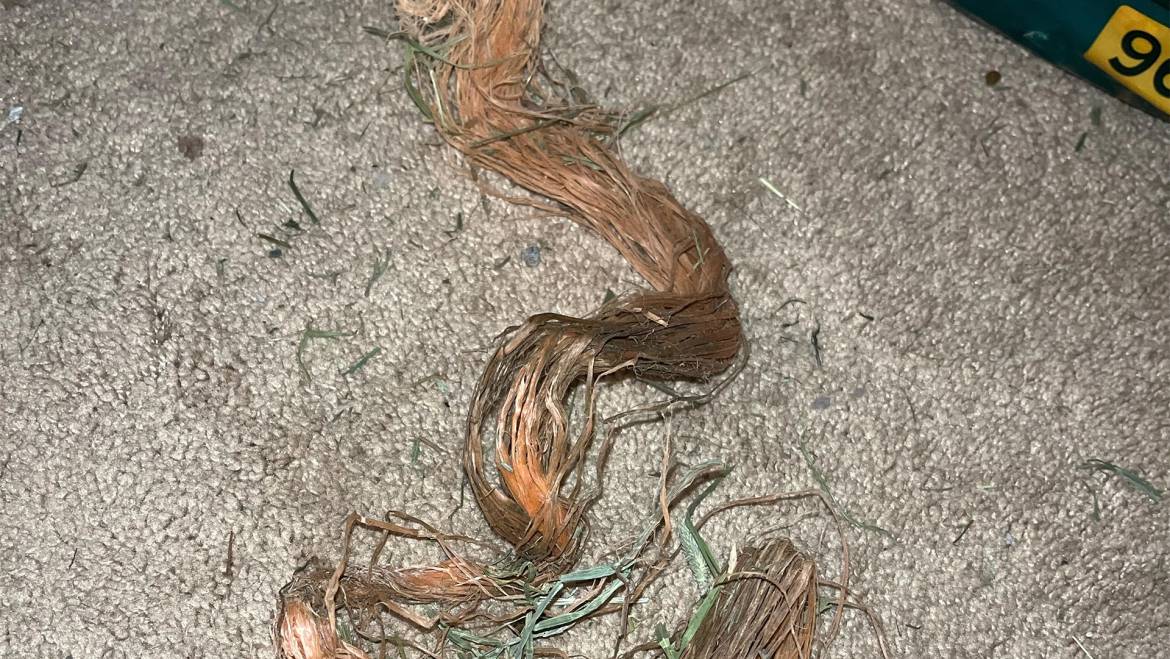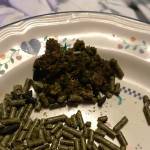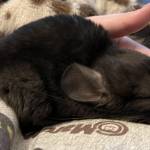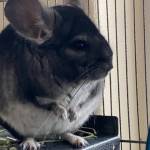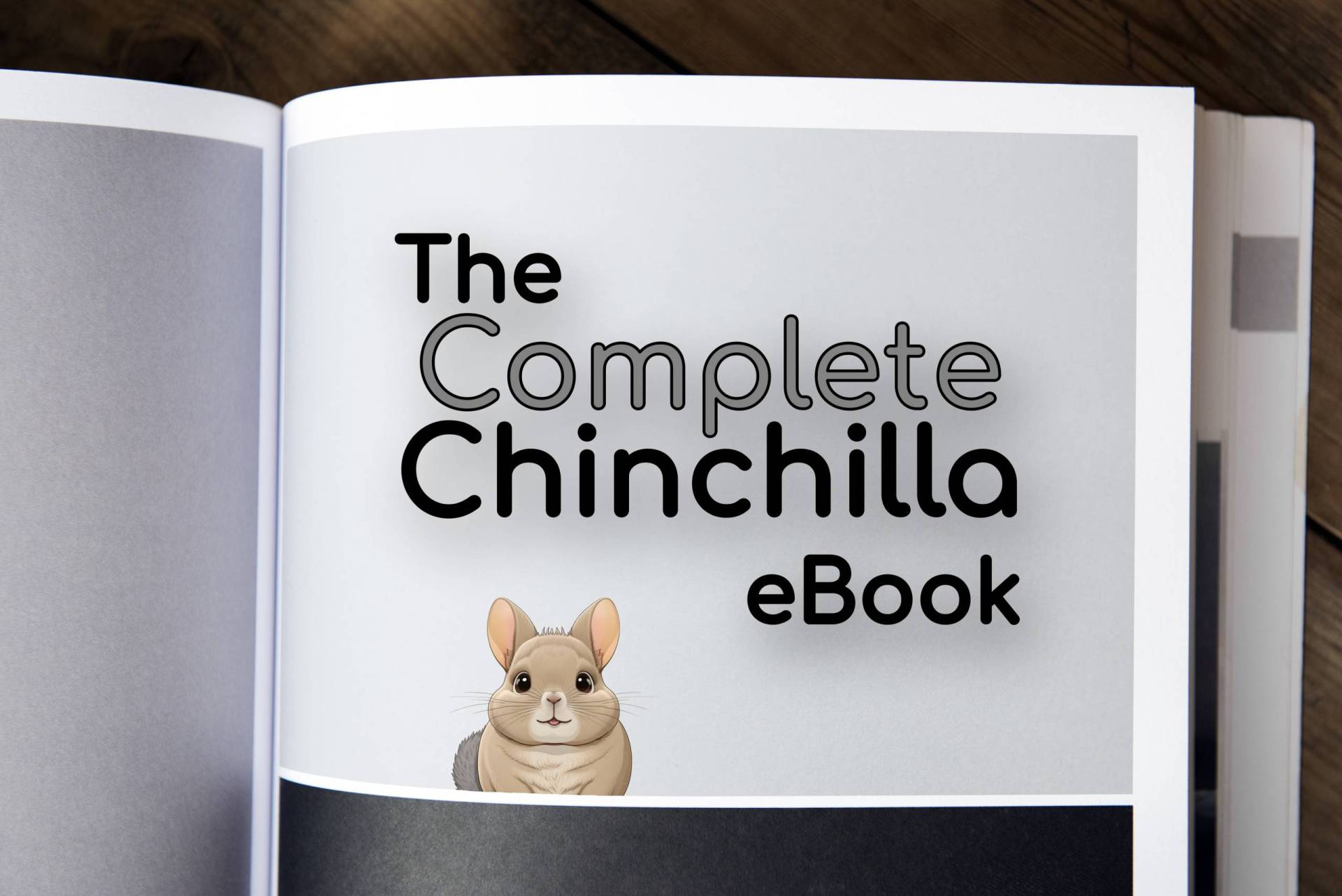Hay is a crucial part of a chinchilla’s diet as it provides the necessary fiber for their digestive system. However, it’s not uncommon for hay to come with leftover bailing rope that can be hazardous to your chinchilla’s health. Bailing rope is used to tie hay bales together, and if left in the hay, it can cause severe harm to your chinchilla’s digestive system. As a chinchilla owner, it’s essential to inspect your chinchilla’s hay for any leftover bailing rope to ensure their health and safety.
Understanding the Dangers of Leftover Bailing Rope in Chinchilla Hay
Leftover bailing rope in chinchilla’s hay can cause significant health problems for your chinchilla. If your chinchilla ingests bailing rope, it can cause blockages in their digestive system, leading to severe health issues, including death. Bailing rope is not digestible and can cause intestinal obstruction, leading to a loss of appetite, abdominal pain, and other digestive problems. Therefore, it’s essential to check your chinchilla’s hay for any leftover bailing rope to prevent these problems.
How to Check for Bailing Rope in Chinchilla’s Hay
Checking your chinchilla’s hay for leftover bailing rope is relatively easy and can be done by following these steps:
- Inspect the Hay: Start by inspecting the hay by pulling out a handful and checking for any visible strands of bailing rope. If you notice any pieces of rope, remove them immediately.
- Break Apart the Hay: To ensure that you don’t miss any pieces of bailing rope, break the hay apart and inspect each strand carefully. Be sure to check for any small pieces or strands that may be hard to see.
- Use a Sifter: If you’re having trouble finding bailing rope in the hay, try using a sifter to separate the hay from any debris or bailing rope that may be present.
- Replace the Hay: If you find any bailing rope in the hay, replace it with a fresh batch to ensure your chinchilla’s safety.
Tips for Buying Hay to Avoid Leftover Bailing Twine
When purchasing hay for your chinchilla, it’s essential to choose a high-quality brand that’s free from any debris or bailing twine. Here are some tips to help you buy hay that’s safe for your chinchilla:
- Buy From a Reputable Seller: Choose a seller that specializes in chinchilla hay and has a reputation for providing high-quality products.
- Check the Packaging: Before purchasing hay, check the packaging for any signs of debris or bailing rope. If the packaging looks damaged, choose a different brand.
- Inspect the Hay: When you receive the hay, inspect it thoroughly for any debris or bailing rope. If you notice any, return it to the seller and choose a different brand.
Checking your chinchilla’s hay for leftover bailing rope is an essential part of their health and safety. Leftover bailing rope can cause severe health problems and even death if ingested. By understanding the dangers of bailing rope in hay, checking for it regularly, and choosing high-quality hay, you can ensure your chinchilla stays healthy and happy. If you’re having trouble finding hay that’s free from debris or bailing rope, consider alternative options like fresh hay, hay cubes, or pellets. Remember, your chinchilla’s health and safety should always come first.

